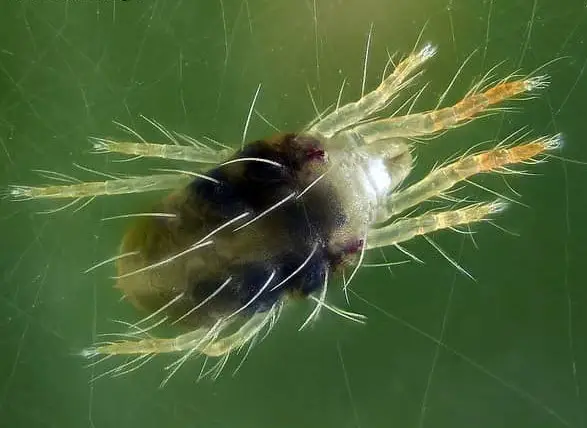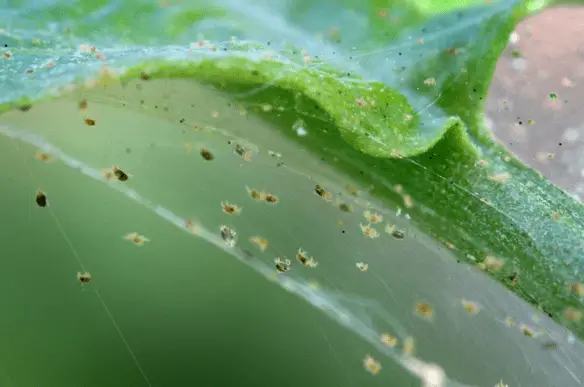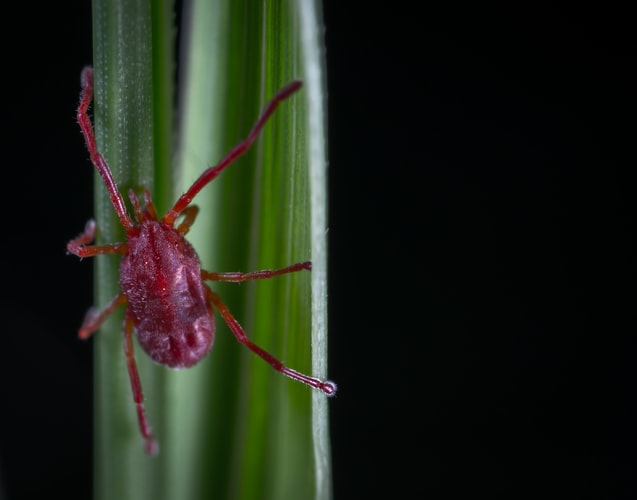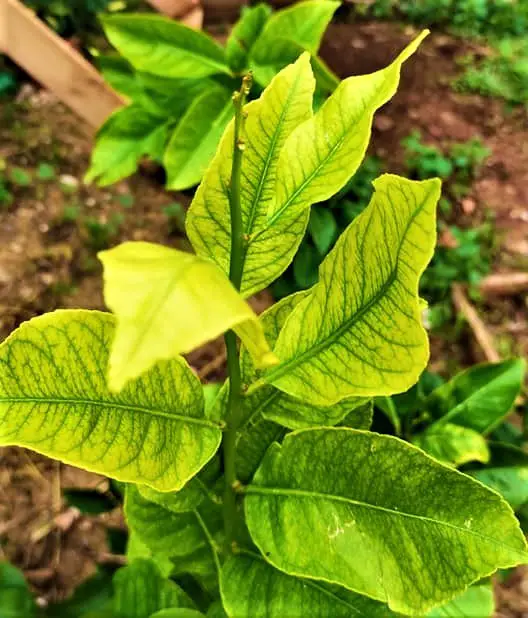Jasmine plant is one that loves humidity and warmth. From that, we can conclude that it grows best in tropical and warm areas of the world. But that wouldn’t stop us from growing it in cool places, such as Northern Canada.
Jasmine is exposed to so many different diseases, pests, and insects. whether you have them indoors or outdoors. But not only that, the wrong temperature, light, watering technics, soil type, nutrients, and fertilizers all have a huge role in controlling the conditions of Jasmine.
Diseases
Leaf-blight (Cercospora Jasminicola and Alternaria Jasmini)
This disease touches the leaves creating round brownish spots of 2-8 mm dia. With time, this disease spreads rapidly, especially on rainy days, on the entire leaf. Once it covers almost all of the leaf, the leaf starts to curl up and eventually dies and falls.
Leaf-blight also affects the small new branches of the plant and dries them up. When leaf-blight infects the plant, the production process of blooms reduces notably.
Wilt (Fusarium Solani)
Wilt is very common with so many other plants. The roots turn black and soggy. This disease usually happens due to either over-watering or under-watering. It is hard to cure the plant in such a condition, yet not impossible. However, I strongly recommend always use preventative products to avoid all kinds of diseases.
Rust (Urornyces Hobsoni)
Rust is brownish-yellowish spots with a little bit of orange which occur on the back of the leaves. It also touches the flowers. All parts of the plant that are infected get ruined and crusty after a while.
Pests and Insects
No plant can escape pests and insects unless pesticides or insecticides are used. There are some good insects and harmful insects such as predatory mites (Phytoseiulus Persimilis), lacewings, thrips, and ladybugs.
All of which get rid of spider mites along with other several ways to get rid of spider mites. Insects like slugs and snails can consume the leaves causing a great decrease of growth to your Jasmine plant. They also have a huge negative impact on the production process, on blooms and fruits.
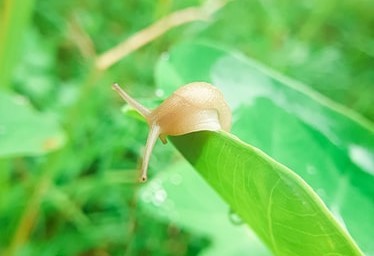
Temperature
The perfect temperature for a Jasmine plant is between 60-80 degrees Fahrenheit (15-26 degrees celsius.) Though Jasmine can support hot weather, it wouldn’t progress as much as when put in perfect temperature conditions. 86-95 degrees Fahrenheit (30-35 degrees Celsius) would not kill the plant but it can cause withering. Any cold weather can lead to high levels of stress which would eventually weaken the plant and cause different fungal plant diseases.
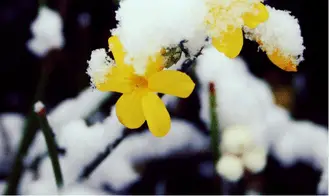
Jasmine has over 200 varieties. There are some that can even bloom during very low temperatures and snow such as Jasminum nudiflorum, also known as Winter Jasmine.
Light & Air
Jasmine’s blooms love direct sunlight. It is always best to grow Jasminum outdoors where there is more space and more light. Getting insufficient light will not allow the plant to bloom and give us those beautiful full of fragrant flowers.
Air circulation is highly necessary for indoor Jasmine plants. Many people tend to neglect this factor, but making sure that air is changing will make the plant strong and bloom a lot more.
Not getting enough light and air circulation also makes the leaves drop. However, there is an exception for the Night-Blooming Jasmine (Cestrum nocturnum) This plant only blooms at night. It does not require much light during the daytime.
Water
It is known fact water is essential for all living things, right? but can too much water be too much on the plant and kill them? Yes! Absolutely. Too much water will definitely rotten the roots of the plant resulting in its death. So, it is very important to know how and when to water properly. Jasmine plants, in fact, are not that sensitive to dry soil. They can resist drought. So it is better to water them less than to water them excessively.
Though, that doesn’t mean you can completely neglect the plant and not water it at all. Make sure to follow a schedule to make things easier for you.
The reason why excessive water damages the plant is because water clogged breathing holes of the soil not allowing the roots to breathe.
Watering the plant over the head can cause fungal diseases such as mildew. To avoid this, water only the soil and try not to touch the plant.
Soil
SOIL! as strange as this might sound to you, but soil can cause damage as well. Especially if you have a potted Jasmine plant. Jasmin, as I mentioned before, is preferably planted outside. So for that reason, A common mistake that I noticed some people tend to do with potted plants is they press the soil way too hard. Compacted soil will not allow the water and oxygen to pass through to the roots. This will make your plant unhealthy and eventually die. Always make sure that the soil is prepped well.
In addition, planting in pots requires a different type of soil. Yes, there is a difference between ground soil and potting soil. There are different types of soils as well which contain a variety of compounds. So, when planting, make sure to know which type of soil to use.
The improper use of mulch keeps the soil always moist and wet. This rootens the soil and causes fungal diseases.
Nutrients & Fertilizers
Last but not least, the wrong nutrients and fertilizers can harm your Jasmine plant as well. That can cause leaf drop, or change or color in the leaves Each plant needs different food. It is crucial to know when and how to use them. Feeding your plant needs a well-organized schedule. However, I must say that the Jasmine plant does not necessarily require feeding. But you want to do so, please make sure to do it correctly.

